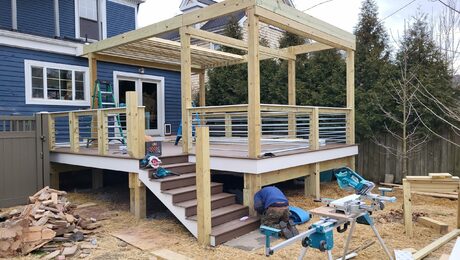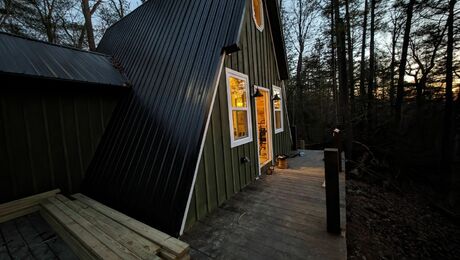
The Internet is peppered with stories about resistance to the Environmental Protection Agency’s storm water rules, particularly some of more-stringent regulations scheduled to be rolled out over the next few years. Almost all of the objections are based on the economic consequences of compliance, whether the challenge comes from the Florida League of Cities and Florida Stormwater Association, a municipality in West Virginia, the city council of Columbia, Missouri, or homebuilders in California’s North Bay.
The most persistent challenge on homebuilders’ behalf, of course, comes from the National Association of Home Builders, which this week revisited its primary concerns in a press release. Among them: the newly enacted Chesapeake Bay Total Maximum Daily Load (TMDL) rule aimed at reducing the pollution level of Chesapeake Bay and the region’s rivers and streams. A response to the mandates of the Clean Water Act and consent decrees in Virginia and the District of Columbia, the rule is intended to address pollution runoff issues in a huge area – a 64,000-mile watershed that includes not only parts of the District and Virginia, but also large sections of Delaware, Maryland, New York, Pennsylvania, and West Virginia.
In a court challenge last year, NAHB compelled the EPA to withdraw the portion of its storm water management regulations known as “Effluent Limitations Guidelines and Standards for the Construction and Development Point Source Category.” The case is being held in abeyance until February 15, 2012, so the agency can address flaws in its interpretation of data relating to the rule, which would limit turbidity (a measure of how much sediment or other particles are suspended in water) to an average daily level of 280 “nephelometric turbidity units.”
The offset issue
The TMDL for Chesapeake Bay, meanwhile, was completed in late December and, when it finally takes effect, will require new developments to purchase offsets to accommodate mitigation of nitrogen, phosphorus, and sediment runoff from new projects. There is some question as to when the rule will fully kick in, though. Each of the affected states has until June 1 to submit updated versions of its Watershed Implementation Plan for EPA review, and all WIPs are scheduled to be completed and approved by November 1. But extensions have been requested.
The rulemaking process for Chesapeake Bay, like that for other proposed national storm water rules, takes something of a refine-as-we-go approach to the compliance plans states are developing and to the two-year “milestone” goals each state is expected to identify by the end of this year. The milestones are not voluntary, however, and states that fail to meet them could be subject to penalties, NAHB notes. Once the goals are set and the two years pass, a team of “independent evaluator” consultants for the EPA is expected to judge the states’ progress in meeting their milestones. Needless to say, NAHB is not entirely comfortable with this arrangement or the costs builders likely will incur as they strive to comply with the rules.

























